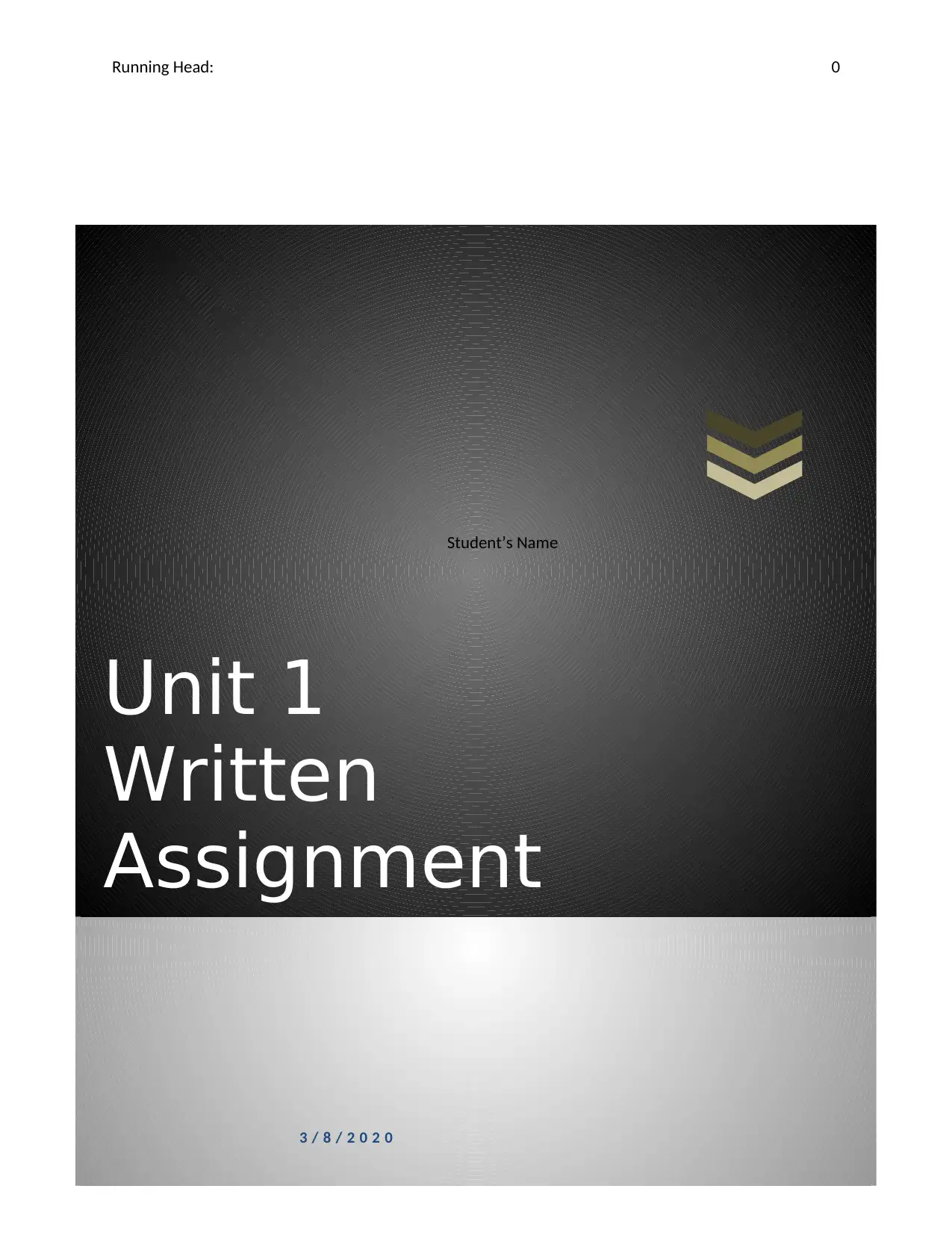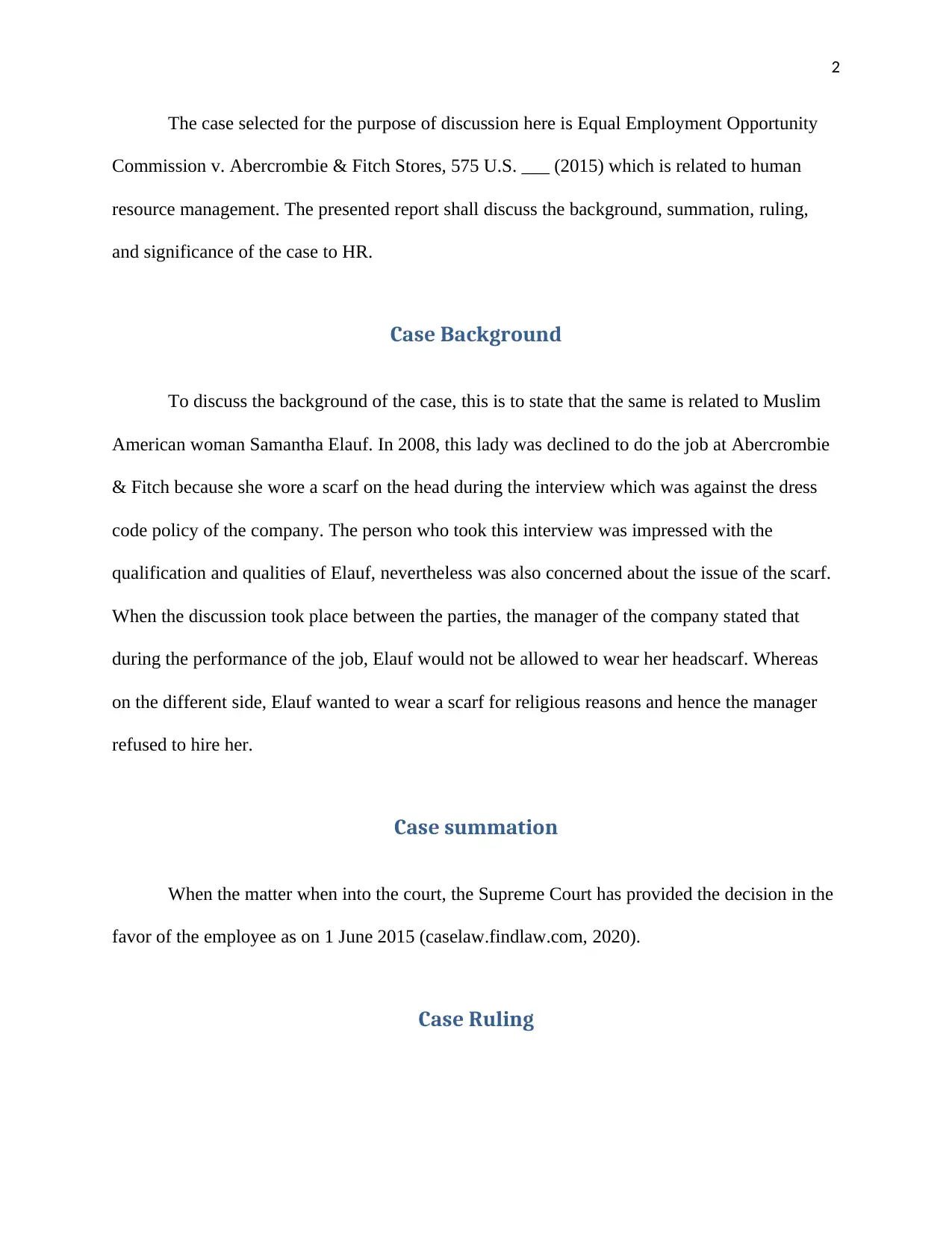HR Case Study Analysis: Abercrombie & Fitch Stores, Unit 1
VerifiedAdded on 2022/08/19
|5
|629
|9
Report
AI Summary
This report analyzes the Equal Employment Opportunity Commission v. Abercrombie & Fitch Stores case, focusing on its significance to Human Resources. The case involves a Muslim woman, Samantha Elauf, who was denied employment due to her headscarf, which violated the company's dress code. The report outlines the case background, the Supreme Court's ruling in favor of the employee, and the court's interpretation of the Civil Rights Act of 1964. The case clarified that employers are liable for disparate treatment regardless of their knowledge of an applicant's religious practices. The report emphasizes the importance of considering employee accommodation requirements and highlights the employer's liabilities in such situations. The case serves as a crucial lesson for HR professionals, emphasizing the need to be mindful of religious accommodations and avoid discriminatory practices.
1 out of 5








![[object Object]](/_next/static/media/star-bottom.7253800d.svg)